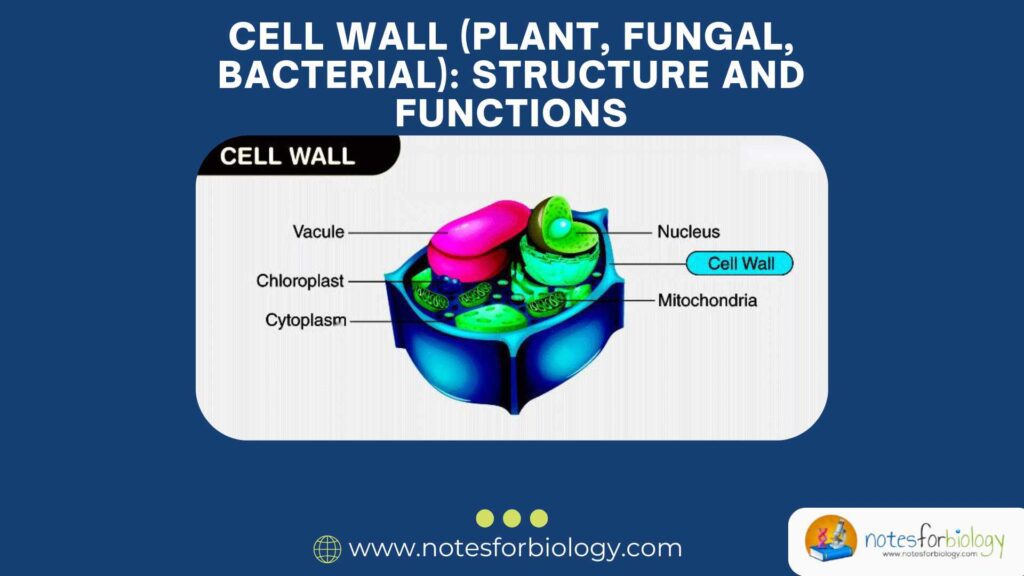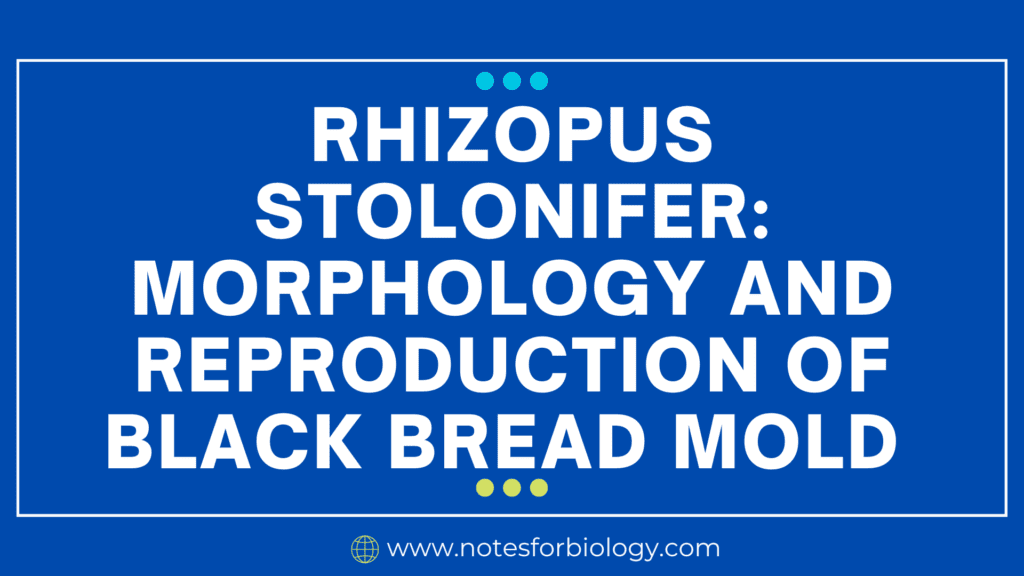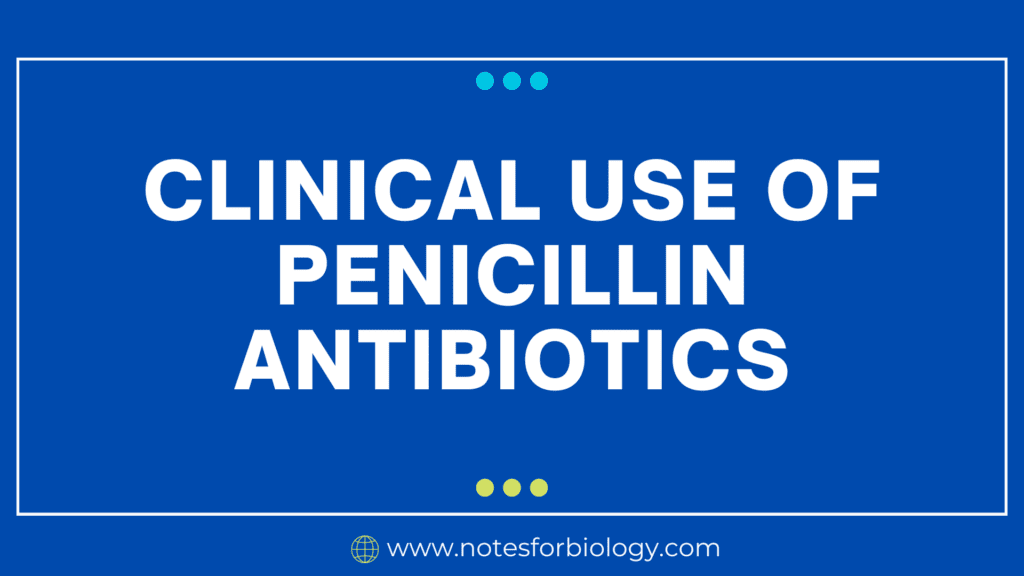Introduction
The immune system is a complex network that protects the body from infections, diseases, and foreign invaders. Among the many elements that coordinate immune responses, cytokines and chemokines are two critical classes of small proteins. While both act as signaling molecules that mediate and regulate immunity, inflammation, and hematopoiesis, they are distinct in their structure, function, and specificity.
In this document, we will explore the definitions of cytokines and chemokines, explain their functions in human biology, and highlight 8 major differences between the two. This comparison will be presented in a simple, clear, and humanized way to help anyone—from students to health professionals—gain a deep understanding of these important immunological mediators.
Table of Contents
What are Cytokines?

Definition
Cytokines are small proteins secreted by various cells in the body, especially immune cells such as T-cells, B-cells, macrophages, and dendritic cells. Their primary role is to act as messengers that help cells communicate with each other, particularly during immune responses.
Key Features:
- Low molecular weight
- Act on neighboring or distant cells
- Regulate immune responses, inflammation, cell proliferation, and differentiation
- Can be pro-inflammatory (stimulate immune responses) or anti-inflammatory (suppress immune responses)
Types of Cytokines:
- Interleukins (IL) – Promote communication between white blood cells.
- Interferons (IFN) – Help in antiviral responses.
- Tumor Necrosis Factors (TNF) – Involved in inflammation and apoptosis.
- Colony-Stimulating Factors (CSF) – Stimulate bone marrow to produce blood cells.
- Growth factors – Regulate tissue growth and repair.
What are Chemokines?
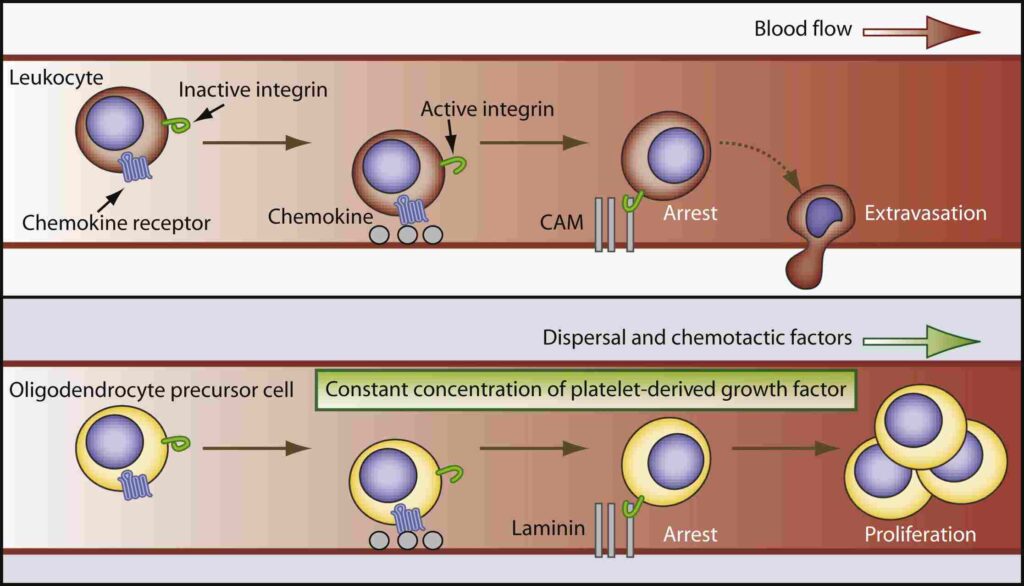
Definition
They are a specialized subgroup of cytokines that primarily function to attract immune cells to sites of infection, inflammation, or injury. They are essential for directing cell movement (chemotaxis) throughout the body.
Key Features:
- Induce migration of leukocytes (white blood cells)
- Play crucial roles in immune surveillance and response
- Also influence development, angiogenesis, and wound healing
Classification
Based on the arrangement of conserved cysteine residues:
- CXC Chemokines – Act mostly on neutrophils
- CC Chemokines – Attract monocytes, T-cells, eosinophils
- CX3C and XC Chemokines – Less common, act on specific receptors
Examples:
- IL-8 (CXCL8) – Recruits neutrophils
- CCL2 (MCP-1) – Recruits monocytes
- RANTES (CCL5) – Attracts T-cells and eosinophils
8 Major Differences Between Cytokines and Chemokines
| Feature | Cytokines | Chemokines |
|---|---|---|
| 1. Definition | Cytokines are broad signaling proteins that regulate immunity, inflammation, and hematopoiesis. | Chemokines are a subset of cytokines that specialize in guiding cell movement (chemotaxis). |
| 2. Primary Function | Regulate immune responses, inflammation, growth, and differentiation. | Attract and direct the migration of immune cells to affected tissues. |
| 3. Range of Action | Have diverse effects on many types of cells and tissues. | More specialized, mainly affect immune cell trafficking. |
| 4. Structural Classification | Not structurally classified in a specific way. | Classified based on cysteine motifs: CC, CXC, CX3C, XC. |
| 5. Examples | IL-1, IL-6, TNF-α, IFN-γ, GM-CSF | IL-8, CCL2, CXCL10, CCL5 |
| 6. Role in Inflammation | Can be pro-inflammatory or anti-inflammatory. | Primarily involved in pro-inflammatory responses. |
| 7. Source Cells | Produced by many cells: immune cells, epithelial cells, fibroblasts, etc. | Mostly secreted by immune cells and endothelial cells. |
| 8. Receptors | Bind to a variety of cytokine receptors. | Bind to chemokine receptors (G-protein coupled receptors). |
Functions of Cytokines in the Immune System
Cytokines are like directors in a complex drama. They orchestrate various aspects of the immune system such as:
- Promoting inflammation during infection (e.g., TNF-α, IL-1)
- Activating immune cells (e.g., IFN-γ activates macrophages)
- Stimulating antibody production (e.g., IL-4 stimulates B cells)
- Regulating cell growth (e.g., growth factors help in wound healing)
- Suppressing immune responses (e.g., IL-10 reduces inflammation)
They ensure that the immune response is strong enough to clear infections but also regulated enough to prevent damage to the body.
Functions of Chemokines in the Immune System
Chemokines act as traffic controllers. They ensure immune cells reach the right place at the right time:
- Recruit leukocytes to infection sites (first line defense)
- Guide lymphocyte movement within lymphoid organs
- Promote angiogenesis and tissue repair in chronic inflammation
- Regulate development of immune organs like the thymus
- Aid in cancer surveillance by directing T-cells to tumors
Without chemokines, immune responses would be disorganized and ineffective.
Structural and Receptor Differences
Cytokines:
- Bind to specific cytokine receptors
- Receptor families: Class I and II cytokine receptors, TNF receptors, etc.
- Signal through JAK-STAT pathways and others
Chemokines:
- Bind to chemokine receptors that are G-protein coupled
- Examples: CCR5, CXCR4
- Signal through G-protein signaling pathways, influencing cell movement
Role in Diseases
Cytokines:
- Autoimmune diseases (e.g., IL-17 in psoriasis, IL-6 in rheumatoid arthritis)
- Cancer (some cytokines promote or inhibit tumor growth)
- Sepsis (cytokine storm leads to organ damage)
Chemokines:
- Chronic inflammation (e.g., CCL2 in atherosclerosis)
- HIV (uses chemokine receptors like CCR5 and CXCR4 to enter cells)
- Tumor metastasis (chemokine gradients guide cancer cell spread)
Therapeutic Applications
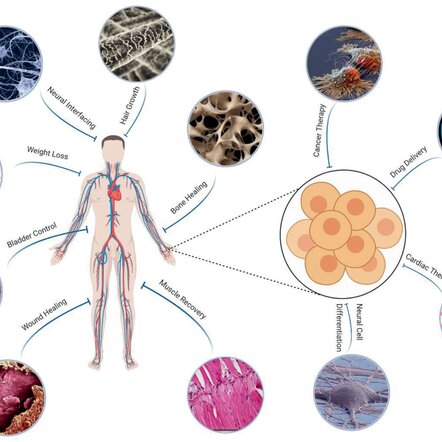
Cytokine-based Therapies:
- Interferons: Used in multiple sclerosis, hepatitis B and C
- IL-2: For certain cancers
- Anti-cytokine therapy: Monoclonal antibodies against TNF-α in Crohn’s disease, rheumatoid arthritis
Chemokine-targeting Therapies:
- CCR5 inhibitors: Block HIV entry (e.g., Maraviroc)
- CXCR4 antagonists: Used in stem cell mobilization and cancer trials
- Potential use in anti-inflammatory and anti-cancer drugs
Summary Table
| Feature | Cytokines | Chemokines |
| Definition | Immune signaling proteins | Subset of cytokines that guide cell movement |
| Function | Regulation of immunity and inflammation | Cell trafficking (chemotaxis) |
| Classification | Based on function | Based on cysteine residues (CC, CXC, etc.) |
| Receptors | Diverse cytokine receptors | G-protein coupled chemokine receptors |
| Source | Immune, epithelial, and other cells | Primarily immune and endothelial cells |
| Involvement in Disease | Autoimmunity, cancer, sepsis | HIV, cancer metastasis, inflammation |
| Therapy | Interferons, anti-TNF drugs | CCR5/CXCR4 inhibitors, trials ongoing |
| Example Molecules | IL-6, IFN-γ, TNF-α | IL-8, CCL2, CXCL12 |
Conclusion
Cytokines and chemokines are essential messengers of the immune system. Though both belong to the same family of signaling proteins, their roles diverge significantly. Cytokines act broadly to regulate immunity and inflammation, while chemokines specialize in directing the migration of immune cells. Their importance in health and disease is undeniable—from infections to cancer, autoimmune disorders to wound healing.
Understanding the differences between these two classes of molecules helps in grasping how the immune system functions and opens the door to novel medical treatments and research. With emerging therapies targeting specific cytokines or chemokines, the future of personalized immunotherapy looks bright.
FREQUENTLY ASKED QUESTIONS
Are chemokines and cytokines the same?
No, chemokines are a special subset of cytokines that focus primarily on cell migration.
Can a molecule be both a cytokine and a chemokine?
Yes, all chemokines are cytokines, but not all cytokines are chemokines.
Why are chemokines important in HIV?
HIV uses chemokine receptors (CCR5 and CXCR4) to enter and infect immune cells.
Related Articles


